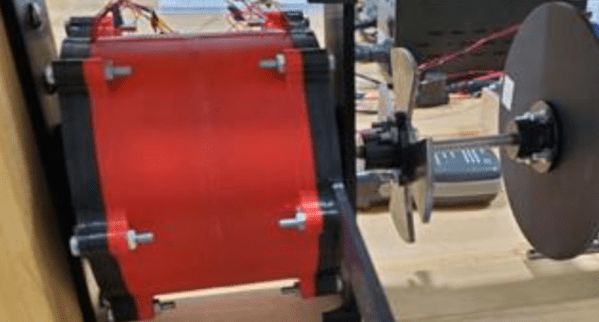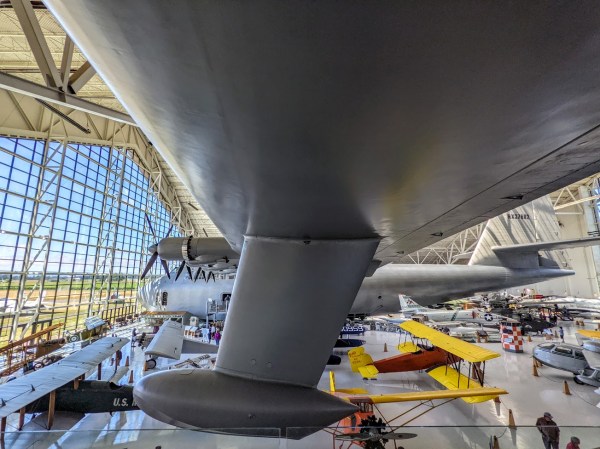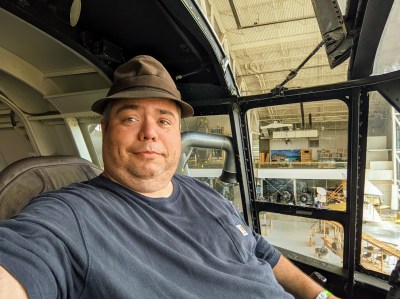Hoverboards have been an indispensable material for hackers building their own vehicles in the last few years. [Mahmut Demir] shows how he’s built a hoverboard-powered go-kart for his son. Unable to hack the board’s firmware, he instead set out to reuse the hoverboard without any disassembly, integrating it into the go-kart’s frame as-is. This build is completely mechanical, distinguished in its simplicity – and the accompanying six minute video shows it all.
This go-kart’s frame is wood and quite well-built, with the kind of personal touch that one would expect from a father-son gift. Building the vehicle’s nose out of a trashcan gave us a chuckle and earned bonus points for frugality, and the smiley face-shaped wheel is a lovely detail. As for the ‘hoverboard reuse’ part, the board is pivoted backward and forward, just as it normally would be. Rather than feet, the kart uses a lever that’s driven with two pedals through a pulley-string arrangement, giving granular speed control and the ability to reverse. It’s a clever system, in fact we don’t know if we could’ve done it better. You can see [Mahmut]’s son wandering in the background as [Mahmut] goes through the assembly steps — no doubt, having fun doing his own part in the build process.
[Mahmut] tells us he’s also added a remote off switch as a safety feature, and we appreciate that. We’ve seen hoverboards in go-kart builds before, as well as rovers, e-bikes, robot vehicles, and even mobility platforms. Truly, the hoverboard is a unicorn of hacker transportation helpers.
Continue reading “Hoverboard Go-Kart Build Is A Delight To Watch”


















